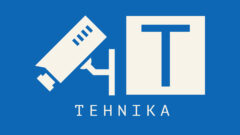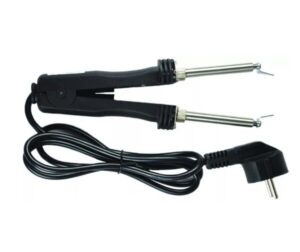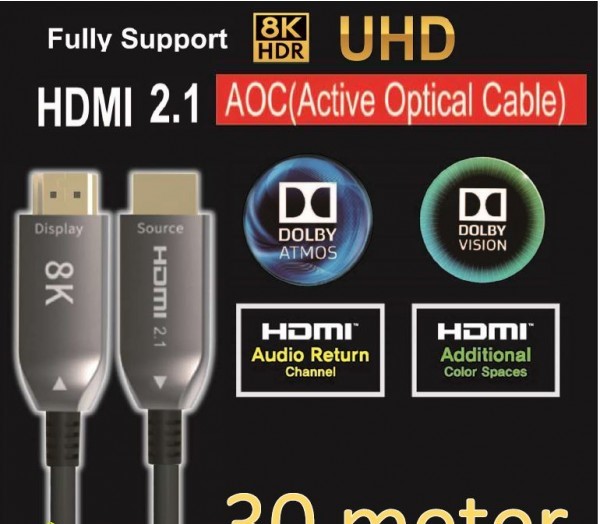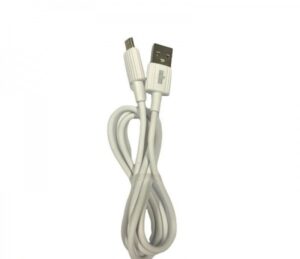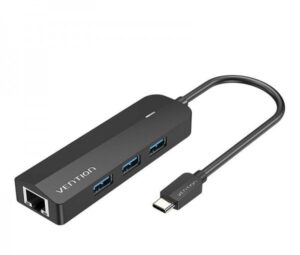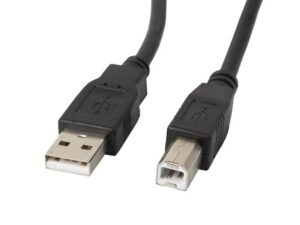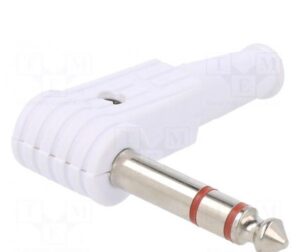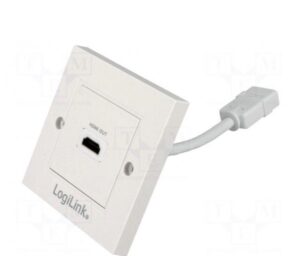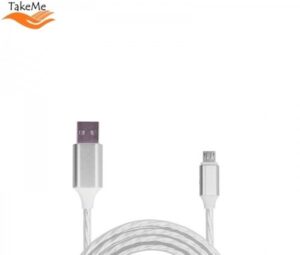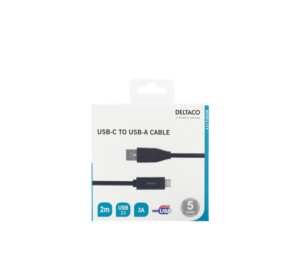Ultra High Speed HDMI 2.1 Optical Fiber Cable 30m , 8K@60, 4K@120, 48 Gbps
89.54€
(Eesti) Ultra High Speed HDMI 2.1 optiline kiudkaabel, 30 m, 8K@60, 4K@120, 48 Gbps.
SKU:
HDMI-30m-2.1-AOC
Category: HDMI, DVI, AUDIO connection cables and accessories
Description
mportant in the latest HDMI 2.1:
- The maximum supported format is 10K at 120Hz.
- Bandwidth up to 48 Gbps (uncompressed) or 120 Gbps (compressed).
- Dynamic HDR to specify HDR metadata scene by scene or even frame by frame.
- Display Stream Compression (DSC) 1.2 is used for video formats larger than 8K with 4:2:0 chroma subsampling.
- High Frame Rate (HFR) for 4K, 8K, and 10K, supporting refresh rates up to 120 Hz.
- Enhanced Audio Return Channel (eARC) for object-based audio formats such as Dolby Atmos and DTS: X.
- Variable Refresh Rate (VRR) reduces or eliminates lag and stutter.
- Quick Media Switching (QMS) for movies and video prevents delays that can cause a blank screen to appear before content displays.
- Quick Frame Transport (QFT) reduces latency by delivering individual frames over HDMI as quickly as possible if the link hardware supports higher bandwidth.
Important in the latest HDMI 2.1:
- Maximum supported format is 10K at 120Hz
- Bandwidth up to 48 Gbps (uncompressed) or 120 Gbps (compressed)
- Dynamic HDR to specify HDR metadata scene by scene or even frame by frame
- Display Stream Compression (DSC) 1.2 is used for video formats larger than 8K with 4:2:0 chroma subsampling
- High Frame Rate (HFR) for 4K, 8K, and 10K, supporting refresh rates up to 120 Hz
- Enhanced Audio Return Channel (eARC) for object-based audio formats, such as Dolby Atmos and DTS: X
- Variable Refresh Rate (VRR) reduces or eliminates lag and stutter
- Quick Media Switching (QMS) for movies and video prevents delays that can cause a blank screen to appear before content displays
- Quick Frame Transport (QFT) reduces latency by delivering individual frames over HDMI as quickly as possible if the link hardware supports higher bandwidth
- ElectroBase® connector cable provides long-distance transmission of the latest HDMI 2.1 (8K@60Hz, 4K@120Hz) signal thanks to a special active optical fiber cable AOC (Active Optical Cable).
A special microprocessor built into the HDMI signal source connector converts the electrical signal into an optical light signal. The light signal is transmitted without signal loss or interference over the optical cable up to 100m.
At the connector by the display or projector, the reverse process occurs – the optical signal is converted back into an electrical signal thanks to the built-in processor.
Power supply to the HDMI connector is provided from the HDMI socket, so no separate power block is needed.
Delivery information
Estimated delivery time: 1-4 working days

 Eesti
Eesti Русский
Русский